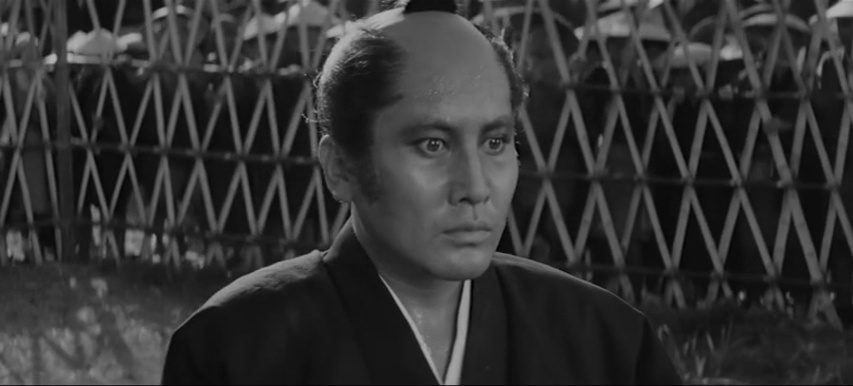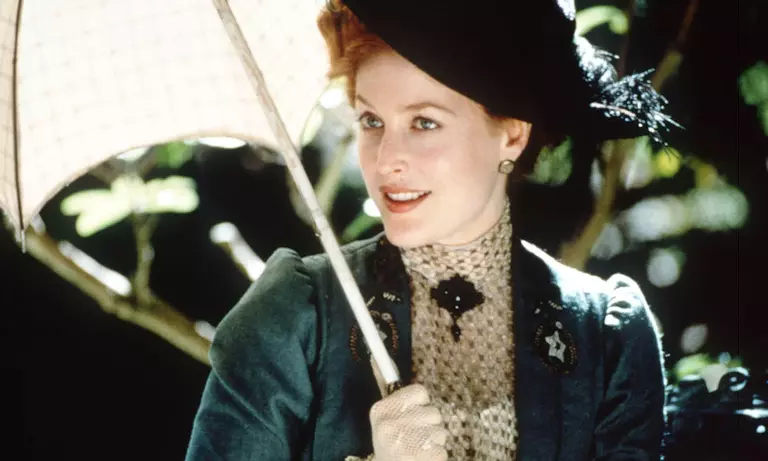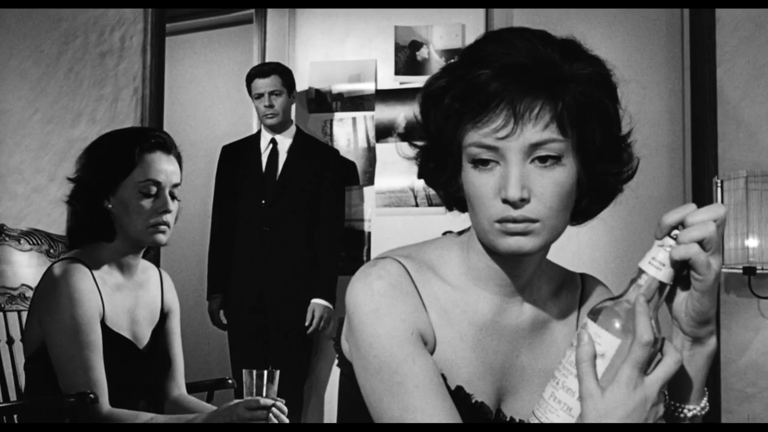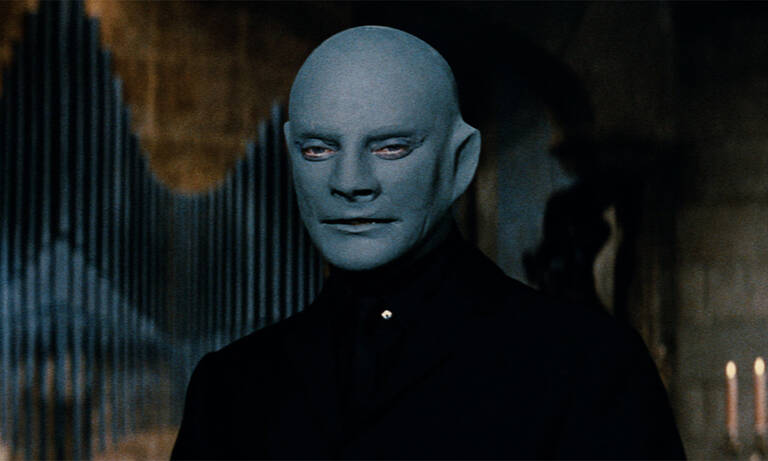
Cast: Kinnosuke Nakamura, Yoshiko Mita, Eitaro Shindo
Review by Colin Dibben
Low-ranking samurai Shinpachi (Nakamura) answers back to a superior at a weapons inspection. The superior challenges Shinpachi to an illegal duel, which Shinpachi wins.
A feudal court whitewashes the breach of protocol by declaring Shinpachi insane and sending him to a monastery. But the brothers of the dead man are determined to get revenge.
Eventually, to save his own family’s reputation, Shinpachi must sacrifice himself in another duel, in which he is not permitted to raise his sword.
Samurai films of this period, aimed at international as well as domestic audiences and a step up from popular cinema in terms of artistic vision, were in part coming to terms with the militaristic mindset that propelled Japan to expansion and war in the 1930s and 1940s.
The self-interest and hypocrisy of the feudal ruling clans, their code of honour and their judiciary are exposed in a dramatic, rather Western manner and you can point to the influence of Hollywood cinema, with its love of flashbacks in the film noir era, for example.
However, Japanese cinema of the 60s definitely excelled in the ‘restraint followed by extreme final violence’ model, and Revenge is a great example. The bloodletting, when it comes, stays pretty realistic: there are none of the blood geysers you find in other samurai films.
Director Imai was more famous for realist, contemporary films and brings a different sensibility to Revenge. You just have to compare Shinpachi’s fatal attitude to his lack of options with the macho, John Wayne style posturings of Toshiro Mifune in Sanjuro or Yojimbo from a couple of years before to see that something very different is playing out here.
It’s nice to see the grit of reality in the screenplay, by Shinobu Hashimoto, writer of almost every classic samurai film you can name: Rashomon, Seven Samurai, Throne of Blood, Harakiri, Sword of Doom, to name just a few. Both Revenge and Harakiri, for example, feature scenes highlighting the dangers of lifting a sword above your head in a confined space, something which countless movies do without much nod to the low ceilings of traditional Japanese buildings.
The widescreen, monochrome shots are very beguiling, even if they are absolutely typical of this period and genre of movie.
Trailer:



